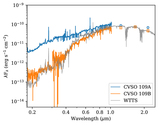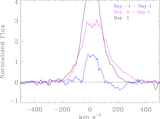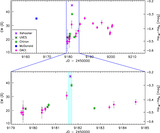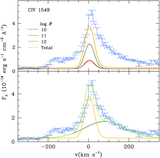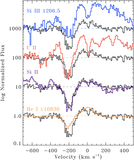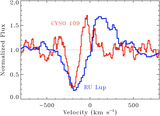Image Details
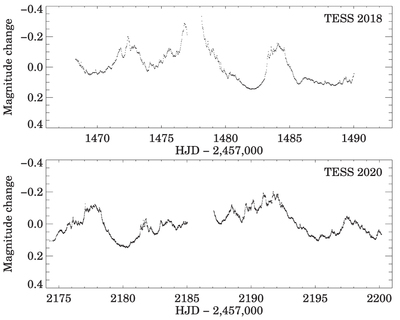
Caption: Figure 1.
TESS light curves of CVSO 109 from the 2018 (sector 6) and 2020 (sector 32) observing seasons, showing magnitude changes relative to the mean brightness in each season.
Copyright and Terms & Conditions
© 2022. The Author(s). Published by the American Astronomical Society.


